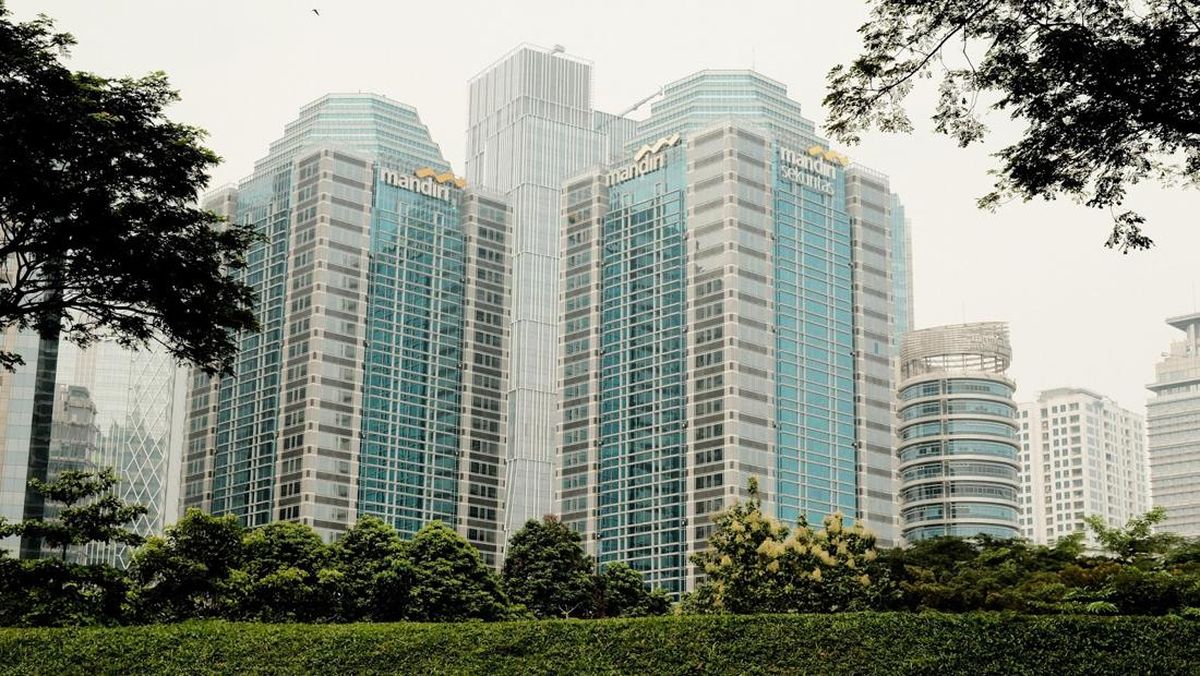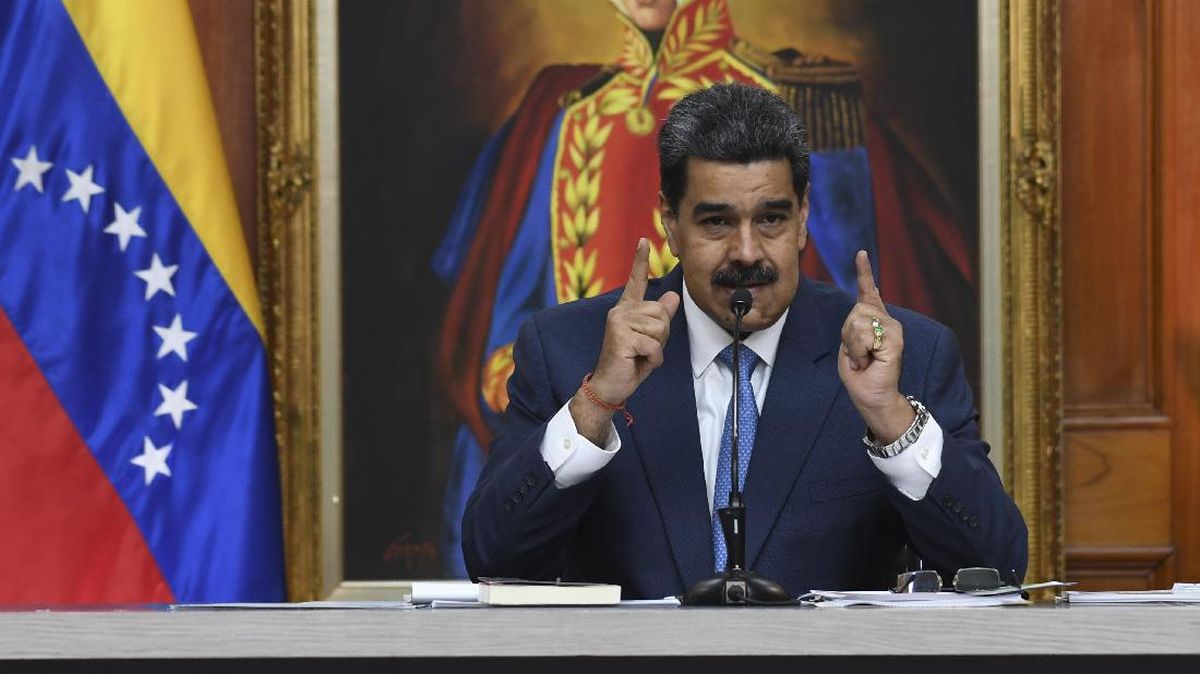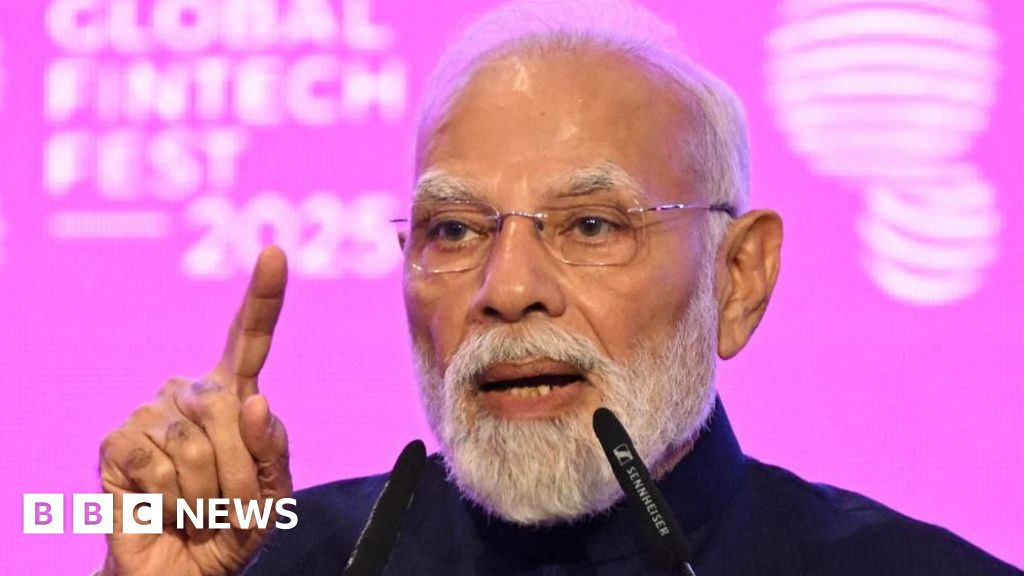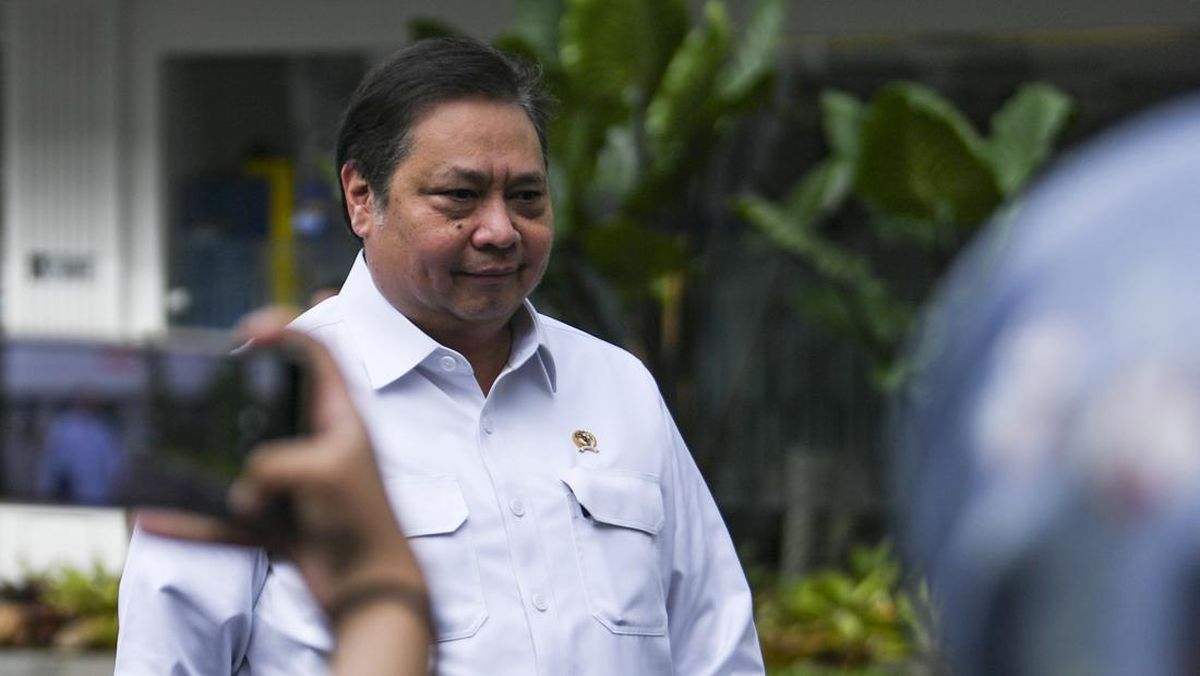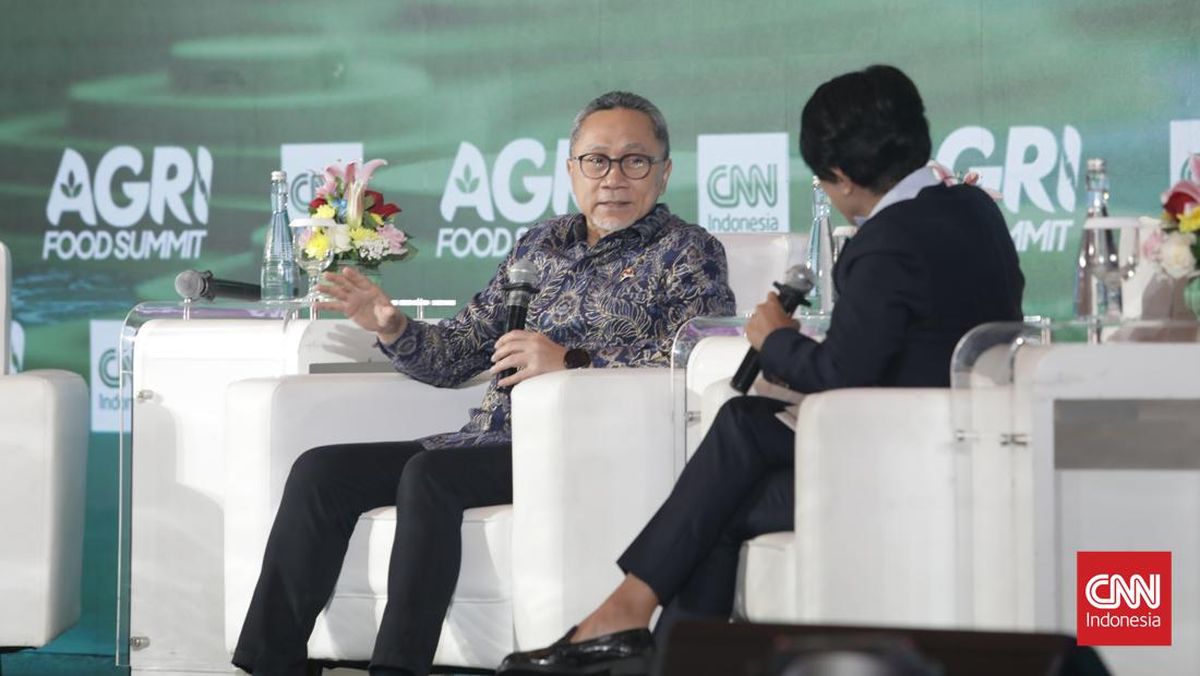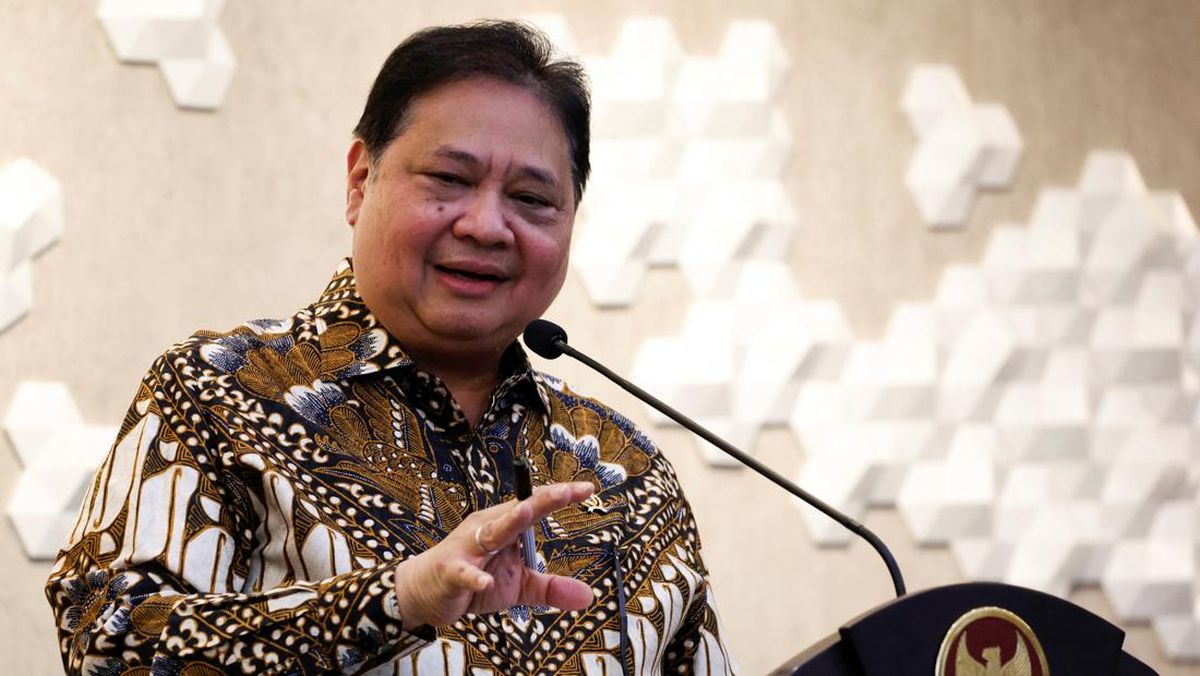Opinion
October 16, 2025 — 12.09pm
October 16, 2025 — 12.09pm
Next week, China’s leadership will gather in Beijing for a meeting that will set the direction of its economy for the next five years. The escalation in trade hostilities with the US means this meeting has special weight.
More than 300 members of China’s ruling Communist Party’s central committee will hold the closed-door meeting in a Beijing hotel – usually the Jingxi hotel in Beijing’s west – to discuss (which in China means endorse) the economic plan for the next five years developed by the senior leaders of the party, headed by Preisdent Xi Jinping.

Chinese President Xi Jinping Credit: AP
The “Fourth Plenum,” one of seven gatherings scheduled in every five-year period, normally focuses on internal party matters and governance, with economic strategy reserved for the fifth plenum. After Xi delayed last year’s third plenum by almost a year, however, next week’s meeting’s primary focus will be on the economy.
That doesn’t mean that it will exclude internal party issues. More than a dozen senior officials have either died, been investigated for corruption or have simply disappeared from public sight this year, while there has been unusually large-scale turnover of generals within China’s armed forces.
Xi has been conducting a purge of his senior ranks, with a lot of speculation about his motivation but few real insights. Is he clearing a path for his successor, trying to ensure his own pathway towards a fourth term in 2027 is secure, or attempting to strengthen the party’s position within a more challenging environment?
While any indication of a power play within the party would have geopolitical implications, the outcomes of more immediate global consequence will lie within the next five-year plan.
Loading
The foundations for these five-year plans were laid in 2015, two years into Xi’s presidency, by the “Made in China 2025” manifesto that set out ambitious goals for the economy and the more detailed state-led plans for realising them.
Much of the economy’s strengths and weaknesses today, and the tensions between China and developed economies, particularly with the US, have flowed from that plan, which produced a whole-of-state effort to shift from low-value manufacturing into a high-tech and more productive economy.
Xi set aggressive and explicit targets for dominance of next-generation technologies like electric vehicles, renewable energy, semiconductors, artificial intelligence, biotech, aviation and shipping, using subsidies, procurement policies, foreign acquisitions, forced intellectual property transfers and central directives to state-owned companies to try to achieve them.
In some of the sectors, like EVs, batteries, renewables and shipping, China has clearly achieved more than anyone outside Beijing would have anticipated. Others, like AI, semiconductors and aviation, remain works in progress.
The pursuit of that long-range plan has produced a backlash from China’s trade partners and competitors abroad, most notably – but not exclusively – in the form of Donald Trump’s tariffs. It has also resulted in substantial over-capacity, fierce competition that has been driving large-scale corporate losses, deflation and distorted and unproductive deployment of China’s capital.

US President Donald Trump and Chinese President Xi Jinping are expected to meet at the Asia-Pacific Economic Cooperation forum later this month.Credit: AP
There will be a lot of interest from outside China in whether the plan that emerges from next week’s plenum is coloured to any degree by the trade frictions that have emerged since its predecessor was developed.
Last week’s tightened restrictions of rare earths, their refining technology and potentially their end-use; the fact that the non-US world is impacted by those restrictions and the US threat of 100 per cent tariffs on all China’s exports to the US if they remain in force have escalated the stakes at the planned meeting of Trump and Xi at the Asia-Pacific Economic Cooperation forum later this month.
It is unlikely, indeed improbable, that the fourth plenum will see any material departure from Xi’s longer-term strategies, but Beijing clearly does need to ramp up its efforts to drive out “involution,” or the over-capacity and destructive competition that is plaguing the economy, driving deflation and causing a flood of increasingly cheap exports that is exacerbating global trade tensions.
Loading
It also needs to do more to stimulate consumer confidence and household consumption which, at around 40 per cent of GDP, is about 20 percentage points lower than that of developed economies. The five years of deep recession in China’s property markets have been a major factor in the weakness of domestic demand and remains a key to turning it around.
It also probably needs to continue to address the significant imbalance between where government revenues are accumulated – Beijing – and the local government areas where they are spent. Beijing has been trying to address those structural imbalances, but local government finances remain strained.
It is likely that the plenum will produce a broad outline (the detail doesn’t get filled in until a meeting in March) that is not dissimilar to the last five-year plan, with an emphasis on Xi’s “new productive forces” that focus on scientific and technology innovation and self-sufficiency across the entire value chains of the more strategic advanced and high-tech manufacturing industries that China has earmarked for dominance.
While Beijing has backed away from the crackdowns on China’s private sector that throttled entrepreneurial activity in the early years of the last five-year plan, and has promised to treat private companies the same as its state-owned enterprises, China’s entrepreneurs now appear to have more freedom to invest and profit – as long as their activity fits with Beijing’s economic and social objectives.
Loading
The strategies in the new plan will almost certainly remain state-led and the balance will remain tilted heavily towards export-led growth, despite an intensifying pushback from the rest of the world that will only increase if Trump’s trade war sees even more of those exports to the US that are being diverted by the tariffs pouring into other markets.
It might want to make its manufacturing sector more efficient and productive and move it up the value chain by incorporating AI and robotics more deeply into its industrial base, but China’s not going to suddenly unwind a macro strategy that Xi has championed for more than a decade.
The fourth plenum is a milestone within Xi’s vision of investing heavily in research and development to dominate key 21st century technologies and double the size of China’s economy, relative to 2020, by 2035.
That’s probably not going to happen, because China’s internal economic challenges and the external trade conflicts were already weighing on its growth rate and, it seems inevitably, can only intensify in the near term unless Xi can convince, or coerce, Trump into a backflip on his trade policies.
China’s economy has, however, proven more resilient over the past five years than might have been expected. The outcomes of the plenum will provide some insights into how Xi plans to sustain that resilience in what may be an even more threatening environment over the next five.
The Business Briefing newsletter delivers major stories, exclusive coverage and expert opinion. Sign up to get it every weekday morning.
Most Viewed in World
Loading

